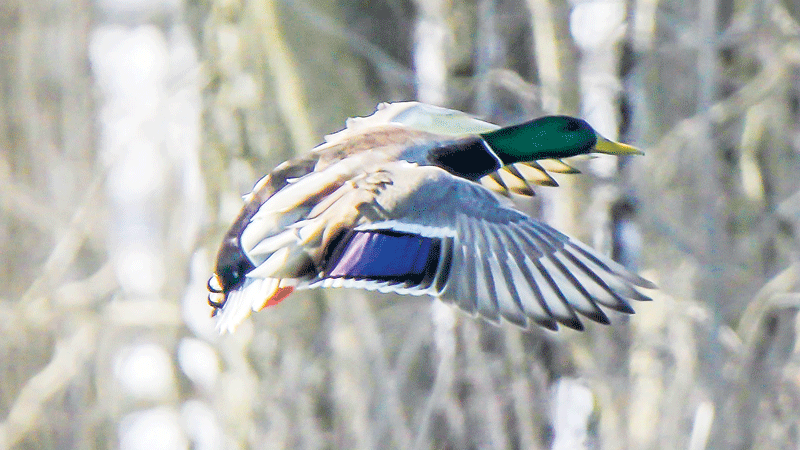HURRICANES AND WILDLIFE – Life In The Outdoors
 This year, 2017, is on its way into history as the year of hurricanes for us in the United States. First there was Hurricane Harvey, blowing into Texas with a wind of 180 miles per hour, gusts over 200 miles per hour, and four feet and more of rain. Once it was ashore the winds diminished but the rain continued as the storm roared north then east into Louisiana and Georgia. Homes and other buildings along the coast of Texas were damaged and destroyed. Trees and power lines were blown down. The city of Houston had extensive damage and flooding.
This year, 2017, is on its way into history as the year of hurricanes for us in the United States. First there was Hurricane Harvey, blowing into Texas with a wind of 180 miles per hour, gusts over 200 miles per hour, and four feet and more of rain. Once it was ashore the winds diminished but the rain continued as the storm roared north then east into Louisiana and Georgia. Homes and other buildings along the coast of Texas were damaged and destroyed. Trees and power lines were blown down. The city of Houston had extensive damage and flooding.
With relief efforts underway in Texas and Louisiana, another hurricane to the east, Hurricane Irma, roared over the Virgin Islands and Puerto Rico, destroying nearly everything on the islands. From Puerto Rico, Irma moved north, striking the Florida Keys, then, moving up the Florida peninsula and into Georgia, South Carolina and North Carolina, causing property damage, blowing down trees and electric power lines and causing extensive flooding.
Now, as I write this, there’s another hurricane, Jose, pronounced Hozay.
Hurricanes are storms with winds of 72 miles per hour that occur in the Atlantic Ocean and in the Caribbean. Such storms in the Pacific Ocean are called typhoons.
I have been in both hurricanes and typhoons but always on ships at sea, never on land however. The most severe I was ever in was a typhoon. I was a Navy officer serving aboard a destroyer. At the peak of the storm the ship rolled 52 degrees to port and to starboard. When I tell people of the storm I am often asked if a got sea sick and if I was scared. I did not get sea sick nor was I scared. As for my feelings, the thing I remember most was how tired I was after the storm, tired from holding on, keeping from falling as I moved about the ship performing my duties and as I stood watch on the bridge.
While I’ve never been in a hurricane, or a typhoon on land nor visited an area soon after a hurricane has passed, I’ve seen the reports on TV. While I’ve watched TV and seen the scenes of devastation, damaged homes and other buildings, trees and power lines down, people wading, people being rescued, people crowded in rescue mission, I’ve frequently thought about birds and other wildlife.
Before Hurricane Harvey gulls and terns would have been numerous along the coasts of Texas and Louisiana flying up and down the shore, swimming, standing and walking on the land. There would have been sandpipers and petrels and other shore birds. There would have been cormorants and brown pelicans and great blue herons.
Inland there would have been little birds, song birds. Since it was late in the year many of the little birds would have been migrants, some there for the winter, some feeding, preparing to fly across the Gulf of Mexico and spend the winter in South America. Among them would have been ruby-throated hummingbirds, feasting, gaining as much as half their body weight to give them enough energy to fly across the Gulf of Mexico. Did the birds anticipate the approach of Harvey and either leave or get into dense cover?
In Florida there would have been even more birds, blue and tricolored herons, anhingas, brown pelicans, common and snowy and reddish egrets and an abundance of song birds. After each ocean oil spill I’ve seen TV news accounts of birds being rescued. I haven’t seen a thing about birds in the accounts of Harvey and Irma.
What happened to other wildlife, animals that couldn’t fly away as birds could, particularly mammals, deer and squirrels, woodchucks and raccoons and opossums, field mice and voles and, in Texas, armadillos?
- Birds As Weather Forecasters – Life In The Outdoors - December 17, 2021
- Rare Bird Spotted In Indiana – Life In The Outdoors - October 8, 2021
- MY EXPERIENCE WITH DEER – Life In The Outdoors - July 30, 2021


